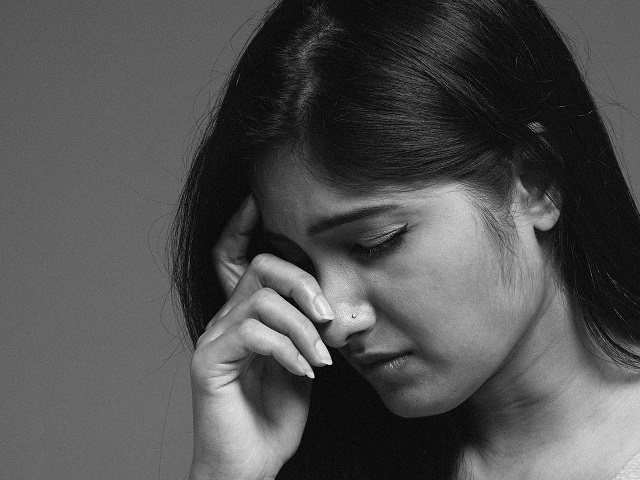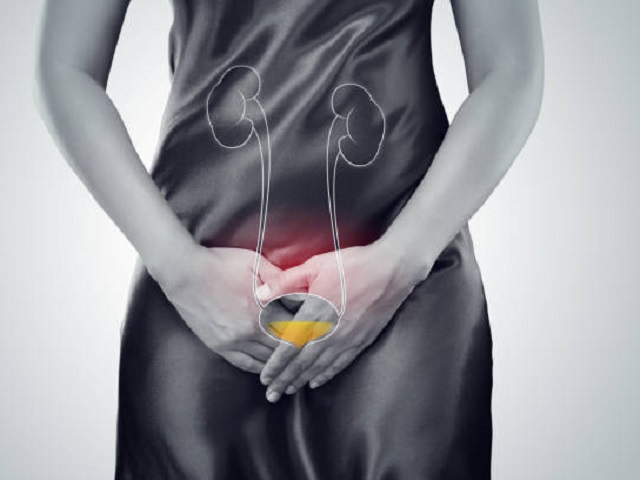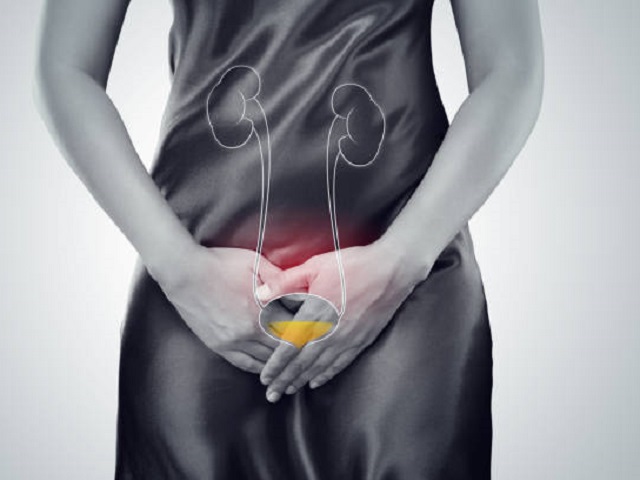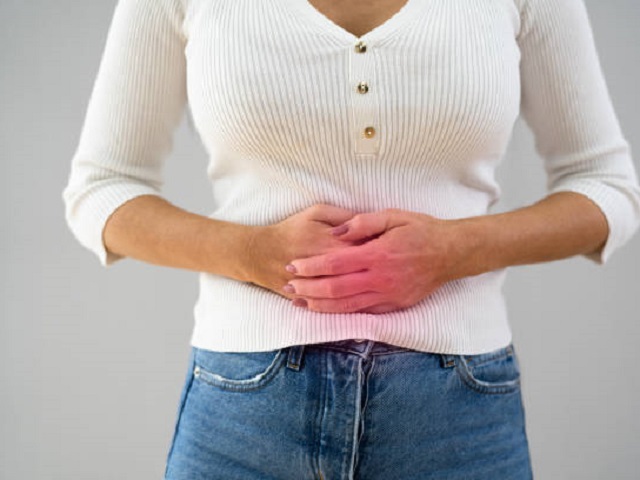Critical Signs You May Have Candidiasis (Yeast Infection) -- Symptoms, Causes, Effects, Treatment and Prevention
Candidiasis, also known as a yeast infection, is a fungal infection caused by the overgrowth of Candida, a type of yeast that is naturally present in the body. Candidiasis can occur in various parts of the body, including the mouth, throat, genitals, and skin folds.
Symptoms of Candidiasis:
The symptoms of candidiasis vary depending on the site of infection. Common symptoms may include:
- Oral candidiasis (thrush): White patches on the tongue, inner cheeks, or roof of the mouth, along with pain and discomfort.
- Genital candidiasis: Itching, burning, and redness in the genital area, along with a thick white vaginal discharge in women.
- Skin candidiasis: Red, itchy rash with well-defined borders, often occurring in skin folds such as the armpits, groin, and beneath the breasts.
Causes of Candidiasis:
Candidiasis occurs when there is an overgrowth of Candida, which can be triggered by various factors, including:
- Weakened immune system: Conditions such as HIV/AIDS, diabetes, and certain medications can weaken the immune system, making individuals more susceptible to candidiasis.
- Antibiotics: Prolonged or frequent use of antibiotics can disrupt the balance of bacteria in the body, allowing Candida to multiply.
- Hormonal changes: Hormonal fluctuations during pregnancy, menstruation, or hormonal therapy can increase the risk of candidiasis.
Effects of Candidiasis:
While candidiasis is generally not life-threatening, it can cause discomfort and affect quality of life. If left untreated or recurring frequently, it may indicate an underlying health condition that needs to be addressed.
Treatment and Prevention of Candidiasis:
The treatment of candidiasis depends on the site of infection. Antifungal medications, such as topical creams or oral medications, are commonly used to treat candidiasis. Prevention strategies for candidiasis include:
- Good hygiene: Keeping the affected areas clean and dry can help prevent the overgrowth of Candida.
- Avoiding irritants: Avoid using scented soaps, douches, or sprays in the genital area, as they can disrupt the natural balance and promote yeast growth.
- Probiotics: Consuming foods or supplements containing beneficial bacteria (probiotics) may help maintain the balance of microorganisms in the body.
It is important to consult with healthcare professionals for an accurate diagnosis and appropriate treatment of candidiasis (Centers for Disease Control and Prevention, 2021a).
References:
Centers for Disease Control and Prevention. (2021a). Candidiasis. Retrieved from https://www.cdc.gov/fungal/diseases/candidiasis/index.html














